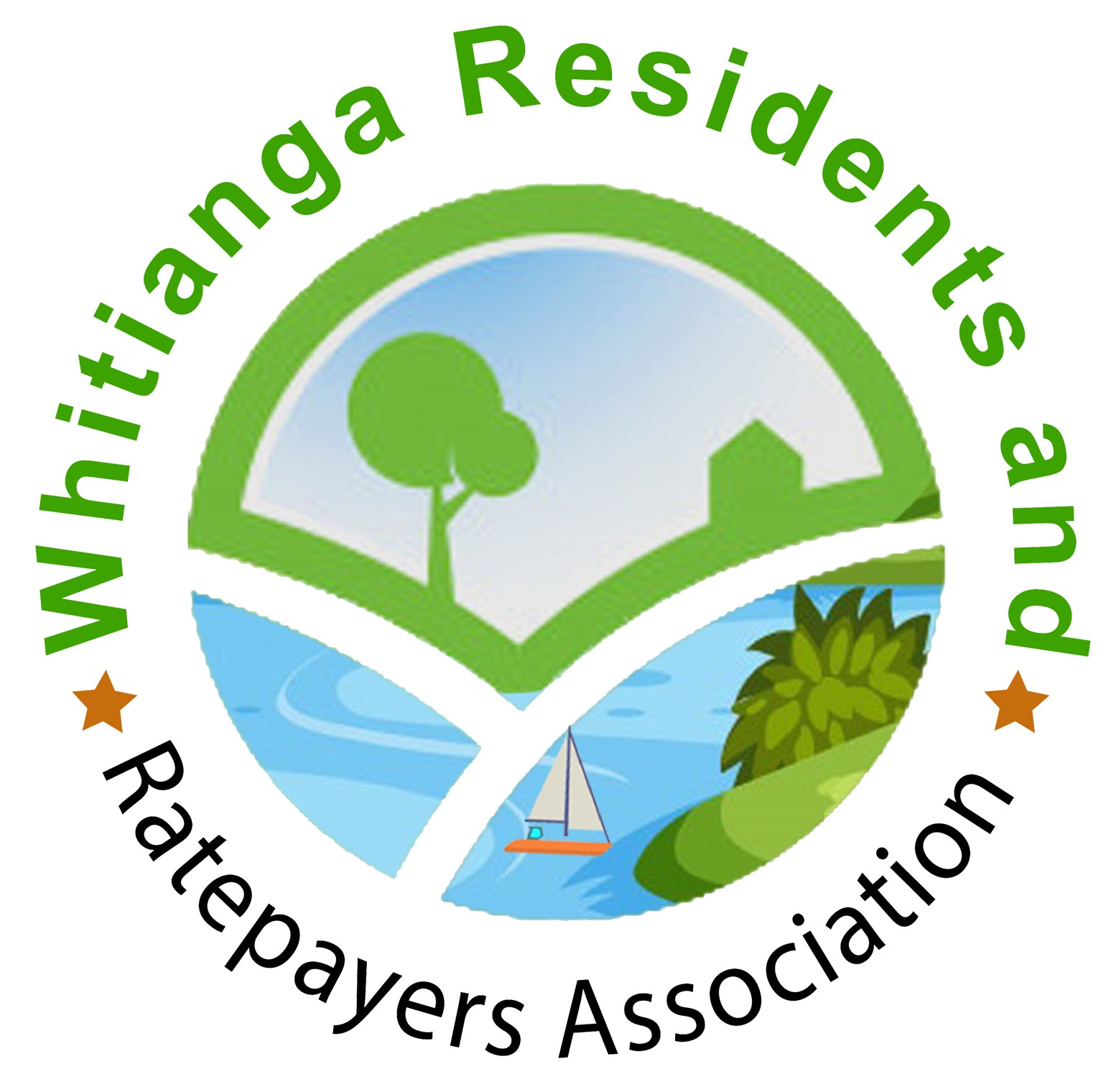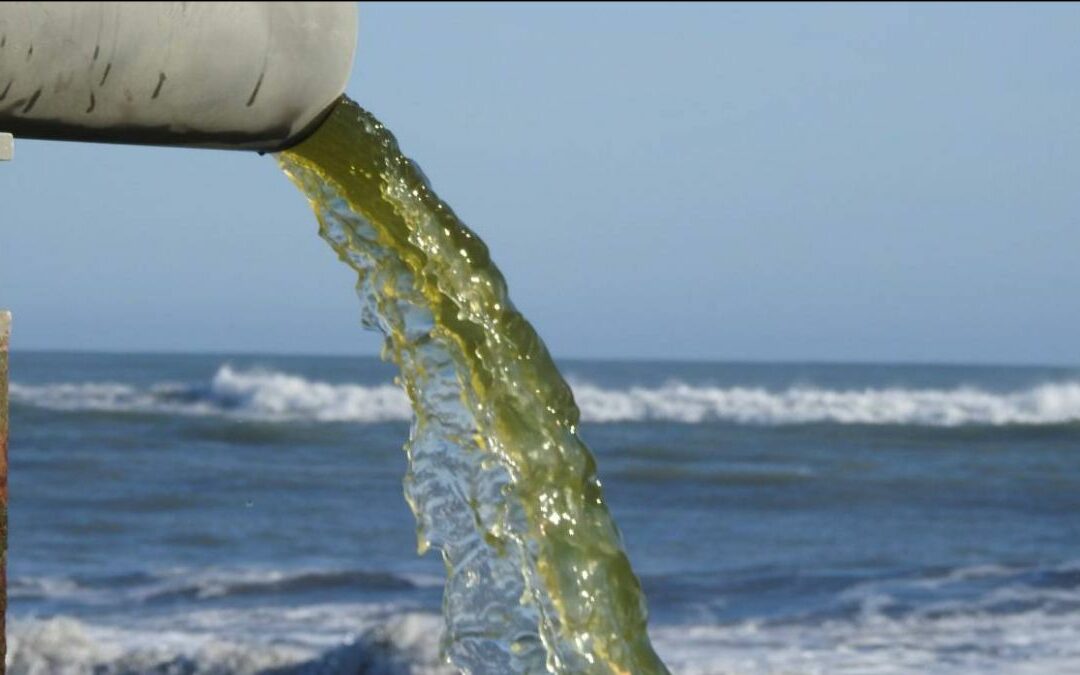September 2020 Update
The reforms proposed by the government to the way councils across the country manage their water infrastructure assets and operations are likely to be monumental in their effect on councils and consumers. The reforms were triggered by the events in part by what happened in Havelock North back in 2016. Up to 5,500 people got sick, and 4 people died as a result of a campylobacter outbreak. Since then, the government has had to assess the country’s infrastructure needs and work on a total package of reforms. It’s not appropriate to go into too much detail here, but we will try to summarise some key points.
The estimated cost to replace the three waters infrastructure across the country (June 2016) is $54.7 billion. Local authorities invested $3.2 billion between 2014 and 2016, with another $12.8 billion planned between 2016 and 2025. That means there’s a huge gap between what councils should be investing and what they are actually spending to make their infrastructure comply with government requirements and community standards.
Thames Coromandel is a perfect example of how much of a challenge this is. We have a long coastline, mountainous terrain mixed with bush, farmland and urban areas. Much of the terrain is difficult and expensive to access. In a nutshell, we can’t afford to spend what’s needed to bring the infrastructure up to scratch.
To be clear – much of the infrastructure (but not all) that we have already is of a very high standard. The water treatment plants that have been commissioned across much of the peninsula are world-class and do a great job. But if we spent what we should be spending on infrastructure, either our rates would be 3 or 4 times what they are now, or our borrowing levels would be pushed to the limits and beyond.
There is a strong argument for inter-generational cost spread on major infrastructure projects. In other words, borrow now (at meagre interest rates) for infrastructure that will serve the community for the next 50-75 years. Expecting today’s ratepayers to pick up the tab now while tomorrow’s residents get a free ride is not practical or equitable.
But very few councils have an appetite for massive debt levels and the associated costs of servicing those debts. Today’s bargain-basement interest rate of 1.25% might look attractive. Still, if we head into a recession and interest rates go to double digits, we would be very exposed, which could cripple our council financially.
So the government has started a process of discussions on how to set up regional water authorities (possibly 5 across the country) to manage the Three Waters. Councils have been invited to sign up to stage one. TCDC has accepted this step. This gives our council a seat at the negotiating table and $2.4 million as part of a $761 million pot of money to get the ball rolling. These changes could mean significantly more funding available for infrastructure projects in our area if the government is funding or underwriting them.
To give just one example – a very rough cost on a pipeline from the Waiwawa River at Coroglen to Whitianga would be around $20 million. TCDC can’t afford that without borrowing or additional rates, so is this an opportunity for the project to go ahead with government funding? Or do we end up at the bottom of a list of regional priorities scratching for pennies like we do when it comes to roading?
Some of these answers will depend on how much effort we put into making our voices heard, especially during the public consultations. It will also depend on how hard our council staff and our elected representatives go to war to ensure that we get our fair share of the pot.
The next stages are likely to happen very quickly. The magnitude of these changes is so great that they will trigger extensive public consultation, which will probably kick early next year. In the meantime, it’s business as usual, so we’ll keep pushing to get the water investigation happening as soon as possible.


Recent Comments